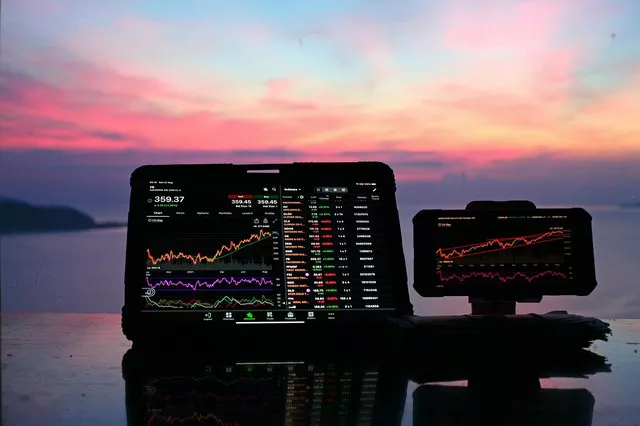Silver, often referred to as the “poor man’s gold,” has long been valued for its industrial uses and as a store of value. As with any investment, the question of whether it is a good time to buy silver depends on various factors, including market conditions, supply and demand dynamics, and individual investment goals. In this article, we will explore the current landscape for silver investments, examining the pros and cons to help you make an informed decision.
Assessing Market Conditions
Before diving into the decision of buying silver, it’s important to assess the current market conditions. Here are some key considerations:
1. Silver Price Trends
Examine the recent price movements of silver. Has the price been experiencing significant volatility, showing potential opportunities for profit? Has there been a steady upward or downward trend? Historical price data can provide insights into potential future price movements.
2. Economic Factors
Consider the broader economic landscape. Factors such as inflation, interest rates, and geopolitical events can impact the price of silver. In times of economic uncertainty or inflationary pressures, silver has often been viewed as a hedge against inflation and a safe haven asset.
3. Supply and Demand Dynamics
Analyze the supply and demand dynamics of the silver market. Is there a healthy demand for silver, either from industrial uses or investment purposes? Are there any significant changes in mining production or recycling rates that could impact the supply? Understanding the balance between supply and demand can help gauge the potential price trajectory.
Pros of Buying Silver
There are several potential advantages to consider when evaluating silver as an investment option:
1. Diversification
Silver can offer diversification benefits to an investment portfolio. It has historically shown a relatively low correlation with other asset classes, such as stocks and bonds. Adding silver to a diversified portfolio may help reduce overall risk.
2. Industrial Demand
Silver has numerous industrial applications, ranging from electronics and solar panels to medical devices and automotive components. Increasing industrial demand can create upward pressure on silver prices.
3. Inflation Hedge
Silver is often viewed as a hedge against inflation. During periods of rising inflation, the purchasing power of fiat currencies can decline, making silver an attractive option for preserving wealth.
4. Store of Value
Silver has served as a store of value for centuries. Its tangible nature and limited supply contribute to its appeal as a long-term investment option.
Cons of Buying Silver
While silver offers potential benefits, it is essential to consider the potential drawbacks:
1. Volatility
Silver prices can be highly volatile, experiencing significant price swings in short periods. This volatility can create both opportunities and risks for investors.
2. Market Manipulation
Some investors express concerns about market manipulation in the silver market. Large financial institutions or governments may have the ability to influence silver prices, impacting the potential returns for individual investors.
3. Industrial Demand Risks
Although industrial demand for silver is substantial, it is also subject to economic cycles. Economic downturns or shifts in technology could affect the demand for silver in industrial applications.
4. Storage and Security
Physical ownership of silver requires proper storage and security measures. Storing physical silver comes with associated costs and risks, such as theft or damage.
Considerations for Individual Investors
When deciding whether it is a good time to buy silver, individual investors should consider their investment goals, risk tolerance, and time horizon. Here are some additional considerations:
- Investment Horizon: Silver investments can be short-term or long-term. Short-term traders may focus on price volatility and technical analysis, while long-term investors might look at the fundamental factors supporting silver’s value over time.
- Risk Tolerance: Evaluate your risk tolerance. Silver, as a volatile asset, can experience significant price fluctuations. Determine how much risk you are willing to take on and how it fits into your overall investment strategy.
- Allocation: Consider the appropriate allocation of silver within your investment portfolio. Financial advisors often recommend diversifying across different asset classes to manage risk effectively.
- Investment Vehicles: Explore the various investment options available for silver, such as physical bullion, exchange-traded funds (ETFs), or mining company stocks. Each option has its own advantages and considerations.
Conclusion
Deciding whether it is a good time to buy silver requires careful analysis of market conditions, supply and demand dynamics, and personal investment goals. Silver can offer diversification, a potential hedge against inflation, and a store of value. However, it is important to acknowledge the volatility, potential risks, and the need for proper storage and security. Consult with a financial advisor or do thorough research before making any investment decisions. Remember that investing in silver, like any investment, involves risk, and it is crucial to align your investment strategy with your individual financial situation and goals.

